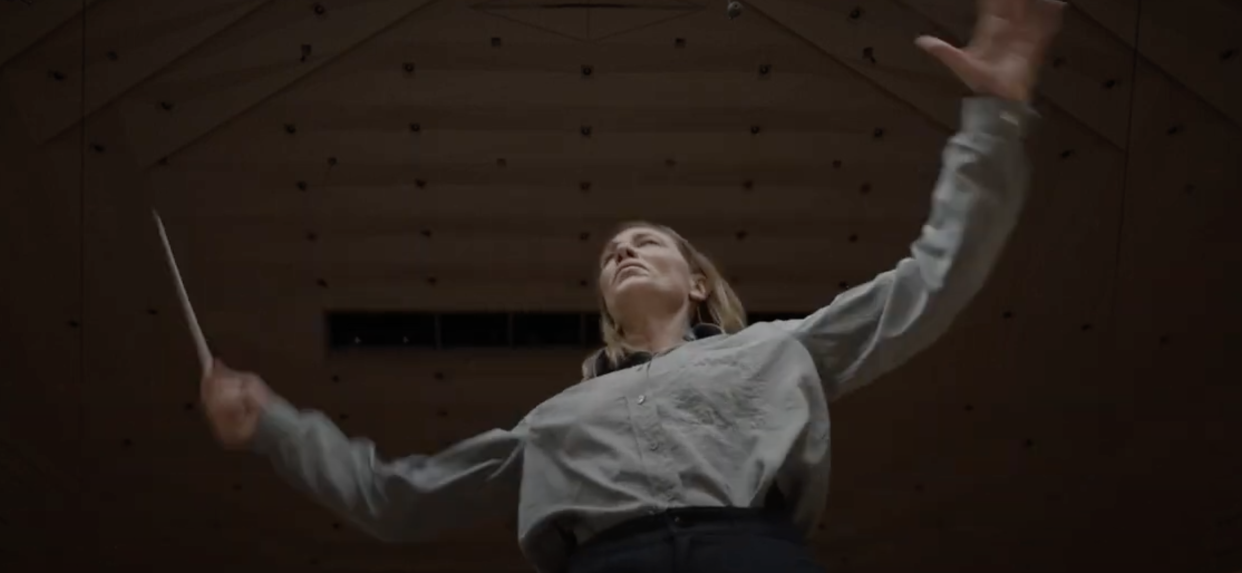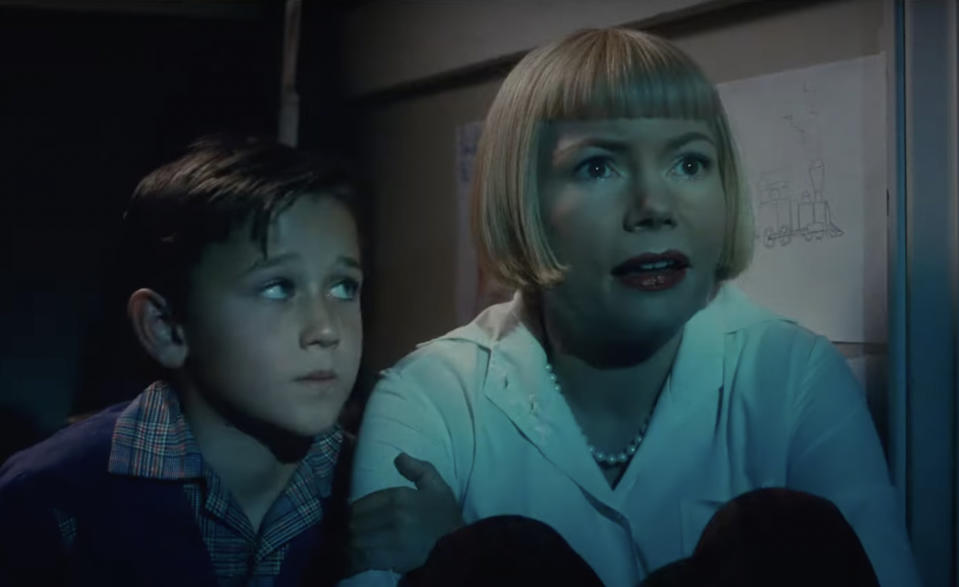Oscars 2023: How Will Last Year’s Rule Change Impact This Year’s Score Race?

- Oops!Something went wrong.Please try again later.
- Oops!Something went wrong.Please try again later.
- Oops!Something went wrong.Please try again later.
Branford Marsalis, Thomas Newman, Howard Shore, and Kris Bowers — what do they have in common, besides each being an accomplished composer, conductor, and/or recording artist in his own right? Within the past four years, they all produced a film score that didn’t even register as a blip on the Oscar radar. “Let Them All Talk” and “Pieces of a Woman” gained zero traction for 15-time Oscar nominee Newman and three-time “The Lord of the Rings” Oscar winner Shore. Bowers and Marsalis had respectively picked up momentum elsewhere on the awards circuit for “Green Book” (the eventual Best Picture winner) and “Ma Rainey’s Black Bottom” (the eventual Best Makeup and Hairstyling winner), yet those two films’ Oscar fortunes couldn’t do anything to boost their chances in Best Original Score.
There’s no chalking it up to crowded fields, or voter bias. It all comes down to the rules: Prior to last Oscar season, a film score had to contain 60 percent original music in order to compete in Best Original Score, a threshold “Green Book,” “Ma Rainey’s Black Bottom,” “Let Them All Talk,” and “Pieces of a Woman” didn’t meet. With the bar that high, some scores with an even greater emphasis on pre-existing songs (a.k.a. needle drops) and other licensed source music — such as Terence Blanchard’s for “One Night in Miami” or Mark Isham and Craig Harris’ for “Judas and the Black Messiah” — weren’t even submitted for consideration.
More from IndieWire
That changed in 2021, with the eligibility requirement lowered to 35 percent. According to one insider’s calculations, the number of scores that qualified for the 94th Academy Awards was 25 percent higher than the 93rd. A year prior, director-composer’s genre-bending score for his Black Western, “The Harder They Fall” (Netflix), would not have qualified.
As far as the impact of the 35 percent rule on this season, one beneficiary is legendary composer John Williams. Williams’ final collaboration with Steven Spielberg — for the director’s TIFF-winning, semi-autobiographical “The Fabelmans” (Universal) — shares musical time with pre-existing source music, mostly performances from classically-trained pianist Mitzi (Michelle Williams), the mother of aspiring filmmaker and Spielberg alter ego Sammy (Gabriel LaBelle). The haunting piano-driven main theme and other cues inspired by the ’50s and ’60s definitely meet the new threshold, which puts Williams in the running for his sixth Oscar.

Also benefiting from the new rule is the “TÁR” (Focus Features) score from Oscar winner Hildur Guðnadóttir (“Joker”), which shares musical time with the titular conductor-composer (Cate Blanchett) rehearsing Gustav Mahler’s Symphony No. 5 and Edward Elgar’s Cello Concerto. In addition to her experimental score, Guðnadóttir also wrote the unfinished classical music piece (reminiscent of Charles Ives) that Lydia Tár composes throughout the film; it appears in its complete form, along with excerpts from the score, on a concept album from Deutsche Grammophon due October 21. The combination of the score and Tár compositions should qualify Guðnadóttir, who also has the more conventional, guitar-driven score for Sarah Polley’s “Women Talking” (UA) in contention.
But it’s complicated: Guðnadóttir’s score for Todd Field’s psychological drama is intentionally mixed low so that it’s barely noticeable. It’s meant to convey the otherworldly mindscape of Tár, who struggles with maintaining her position of power while fending off cancel culture threats. “You will probably walk out of the film thinking there was no score, but, in reality, there is score under much of the film, and it is likely one of the main elements of giving you the sense that something is not as it seems,” Guðnadóttir told IndieWire. “It sits there like an invisible layer — like a ghost in the room, that you can’t see, but you can sense.”
The notion of such a subtle score might not sit well with the Academy. Guðnadóttir will be able to make her case concerning the dramatic importance of her score in the cue sheets that she submits to the executive music branch. This is the process by which she names the scene, describes what’s happening, and denotes in the time code where the music starts and ends. “I think what’s so interesting about music is that it can work so emotionally and show many different intricate and delicate levels without being flashy,” she said.
Such was the case with the Oscar-winning score for Pixar’s animated “Soul,” composed by Trent Reznor & Atticus Ross and Jon Batiste, which was both complicated and controversial. Despite the fact that Reznor & Ross’ metaphysical music fell short of the 60 percent mark, it qualified when combined with Batiste’s original jazz compositions. Baptiste’s contributions were deemed part of the score because the two musical styles merge in the film’s third act as a result of some deft collaboration.
The 2021 rule change has not been greeted with unanimous approval. According to one industry insider who spoke to IndieWire, there have been many complaints from music branch members who believe the 35 percent threshold is too low, thus making it too easy to qualify for the award. In terms of sequels and franchises, the rule remains the same, requiring more than 80 percent of newly composed score that does not borrow pre-existing themes. While this shouldn’t affect the “Wakanda Forever” (Marvel/Disney) score from “Black Panther” Oscar winner Ludwig Göransson or Simon Franglen’s score for “Avatar: The Way of Water,” it might impact the eligibility of the “Top Gun: Maverick” score, for which last season’s Oscar winner Hans Zimmer (“Dune”) shares credit with original “Top Gun” composer Harold Faltermeyer, music producer Lorne Balfe, and Lady Gaga (her first score credit). Balfe creatively integrates Zimmer’s new themes with a reinvention of Faltermeyer’s iconic anthem from the film’s 1986 predecessor, and Gaga’s love theme from her Best Original Song contender, “Hold My Hand.” In addition, they nostalgically intersperse a host of source music favorites from the original, including Kenny Loggins hit “Danger Zone.”
Best of IndieWire
New Movies: Release Calendar for October 14, Plus Where to Watch the Latest Films
Martin Scorsese's Favorite Movies: 50 Films the Director Wants You to See
Sign up for Indiewire's Newsletter. For the latest news, follow us on Facebook, Twitter, and Instagram.


